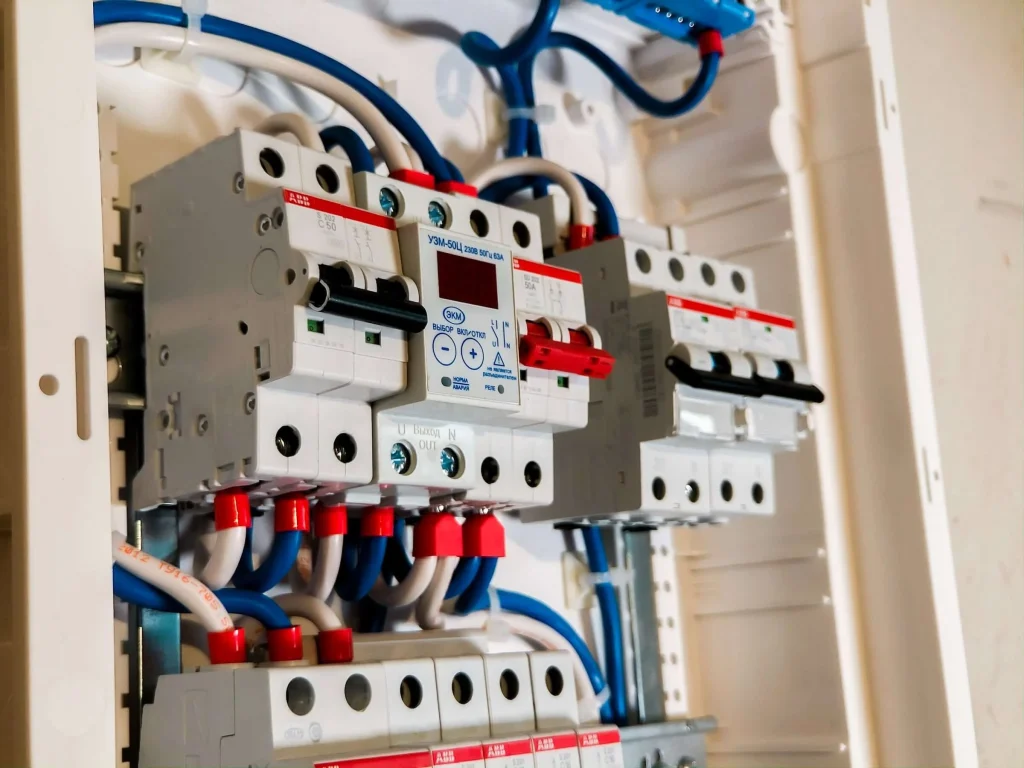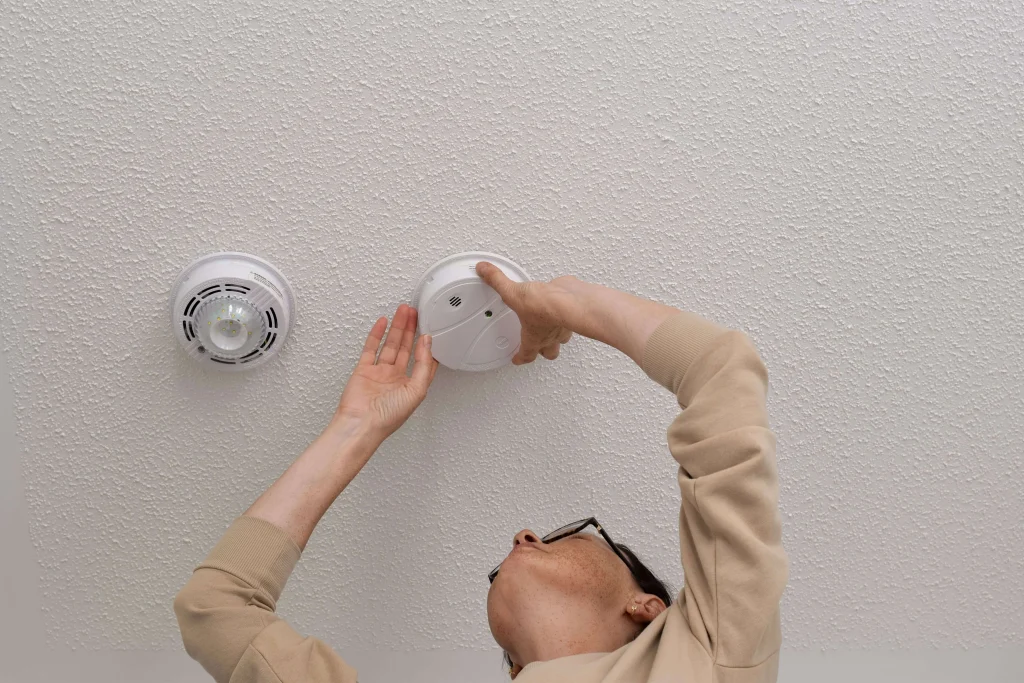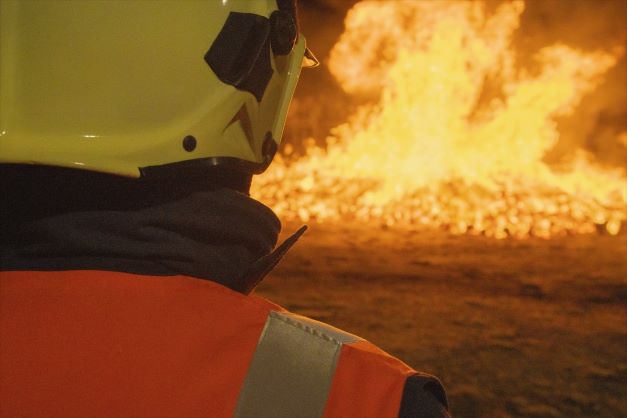The Philippines is a country renowned for its relatively high temperatures, high humidity levels, as well as heavy rains. In fact, in lower elevation regions across the archipelago, the temperature is starting to soar during the year’s dryest season.
According to the data from the Bureau of Fire Protection or BFP, March is the initial hottest month of the year and has the most alarming fire incidents in the country. March is also instituted as Fire Prevention Month, considered the ideal month for raising awareness for both business and home safety concerning the causal factors, hazards, and threats of fire.
Stay ahead of your valuable time by keeping your loved ones safe against the scorching flames and the unsafe heat fire smoke this year. Here are some of the preparations you should do how to fireproof your home and fire safety in your home as the summer approaches.

Invest in Fire Resistant Building Materials
Home is your frontline defense to protect and ensure the wellness of your family members against natural disasters or severe weather. When genuinely redesigning and reconstructing your home, consider upkeeping your home using fire-retardant materials.
While wood seems attractive and a very cheap building material to use in various areas of the house, it is important to pay attention to the heat that may quickly cling to any form of wood. For instance, instead of wood decks, try utilizing non-combustible materials such as bricks, concrete panels, tile, or stone for the deck, which are less likely to burn.
The roof has no exception from the danger of fires as it is the most exposed part of every home from the heat of the sun. Class C roofing materials such as plywood shingles and particle boards can easily catch and spread fire quickly throughout the roof. National Fire Protection Association recommends a Class A fire-resistant roof as it offers the highest fire resistance. These roof covering materials include asphalt composition shingles, concrete tiles, clay tiles, and metal roofs.
Be wary of a house and lot for sale that is in such a way built of wooden materials. It will take some extra cost to have a built-in fire protection house. But rest assured that every good investment comes with a rewarding payoff, especially for your family. A fire-resistant home lets you and your family be worry-free from planning a vacation every summer of the year.
Manage Properly your Electrical Wires and Extension Cords
One of the leading causes of fire in the Philippines is the inappropriate management of electrical systems, such as multiple extension cable connections and overloaded electrical outlets. Being unable to educate oneself on electrical wirings at home can cause a severe fire hazard.

Moreover, being amenable to regularly checking the weakest link of your home wirings and cables will aid you to fireproof your home from the threat of faulty sources of electricity. To guarantee the safety of your electrical wiring and outlets at home, do not hesitate to contact an electrician to inspect your property.
As a general rule, it is also vital to have prior knowledge before handling anything that comes with electricity. Develop a concrete understanding of how compatibility works on voltage and power supply to avoid unnecessary inception of flames from flammable materials. Keep in mind where your circuit breakers are. These will come in handy in the event of any electrical wiring failure.
Implement Safety Features in Your Home
It is crucial to install protective systems inside your home in addition to utilizing highly fire-resistant materials for the outer layer. For instance, a smoke detector is an essential tool that precisely helps every homeowner protect their property. These devices effectively emit early fire alarms to warn the owner in case of a fire. Smart smoke alarms also exist and conveniently send a notification alert to the phone when it detects smoke or fire.

Furthermore, you cannot go wrong with a fire extinguisher, especially when setting them in your home’s most vulnerable and critical areas to catching fire. As a matter of fact, a house fire usually begins in the kitchen. It is the area of your house where typical home appliances that emit heat, such as gas stoves, microwaves, and ovens, can be found. Take away the fire extinguisher from being closer to your home appliances since it is useless if unable to reach during the fire. More importantly, be sure to place your fire extinguisher to a certain level where it can easily reach and look for by anybody from your family to avoid wasting time searching for one.
Do not also be afraid to put a fire extinguisher on each floor of your house.
Do Not Neglect Your Backyard
As you try to figure out how to protect your house and fireproof homes, you may be overlooked the potential threat from your property landscape. Your garden and backyard area are capable of starting a fire, similar to wildfires occurring in various forests and grasslands. Thus, try your very best to keep the dead leaves and dry vegetation loitering on the ground and keep them away from open spaces. This will help prevent the natural occurrence of combusting non-fire-resistant elements being ignited by the sun’s heat or a lightning strike. There are also fire-resistant plants you can plant in your home for added protection. Though not entirely “fire resistant”, they help in slowing down fire and stop it from spreading.

In addition, you may also place stones around the spaces of your house and your landscape that will help to mitigate the quick and cause rapid spread of fire.
Develop the Strongest Foundation
Fireproofing your home is more than just the materials used to construct a fire-resistant layout or the precautions you might take to avoid catching fire. After all, being with your family is the strongest foundation of your house. Here are some of the practices your family can execute this month:
- A simple but complete comprehension of what escape routes to use and executing the family emergency plan takes advantage of the little time they have to act to reach safety.
- Teach them, especially the children, not to keep the electric devices plugged in and keep them away from any source of water.
- Educate the family members on how to maximize the safety devices and equipment, such as how to P.A.S.S. the fire extinguisher.
- Execute stop, drop, and roll to put out fires cling on themselves.
Read more: Fire Safety and Prevention: What to Do in the Event of a Fire


